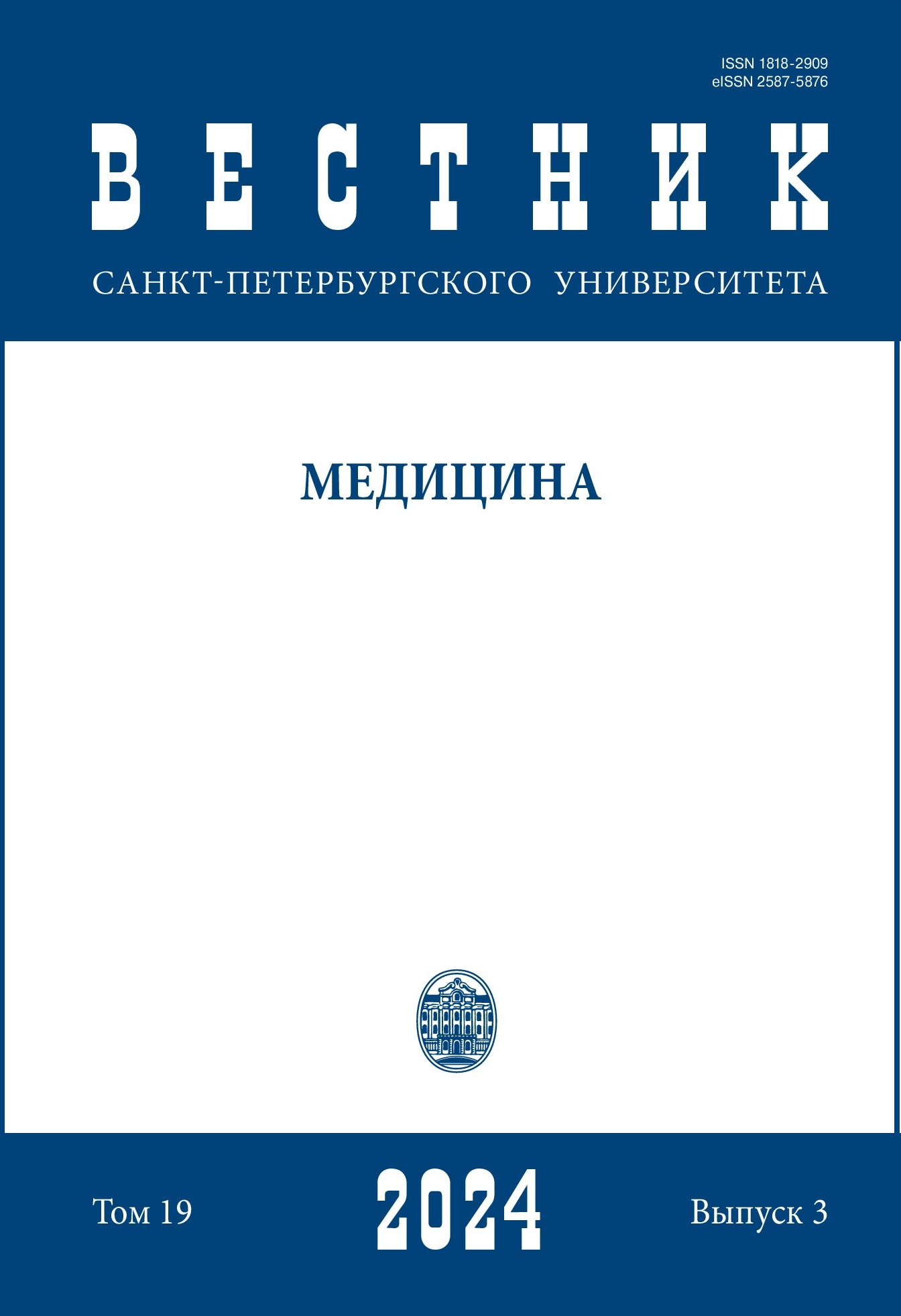The impact of chronic heart failure and comorbidity on the quality of life of patients
DOI:
https://doi.org/10.21638/spbu11.2024.302Abstract
Comorbidity in patients with chronic heart failure has a great influence on the progression and outcomes of other diseases due to the wide involvement of the cardiovascular system in the functioning of other organs and systems of the body. However, numerical assessment of such influence
is difficult due to the high degree of individuality of combinations and progression of pathologies and the complexity of intersystem relationships in patients with comorbidity. In the context of this study, we propose to evaluate the influence of comorbidity in patients with coronary heart disease and chronic heart failure on individual components of quality of life. Comparison of integrated quality of life and comorbidity indexes in patients with different disease combinations and different age groups showed the expected relationships between these indices and identified the quality of life elements most affected by comorbidity. More than other components there was a decline in role emotional and physical functioning. The highest rates of decline with age were
observed in the transition from middle-aged to elderly patients. Health-related quality of life and the Charlson comorbidity index reflect, subjective and objective aspects of the patient’s health, which allows their simultaneous use in the examination of patients with cardiological diseases.
Keywords:
сomorbidity, chronic heart failure, Charlson comorbidity index, SF-36, cardiovascular pathology
Downloads
References
References
Downloads
Published
How to Cite
Issue
Section
License
Articles of "Vestnik of Saint Petersburg University. Medicine" are open access distributed under the terms of the License Agreement with Saint Petersburg State University, which permits to the authors unrestricted distribution and self-archiving free of charge.




